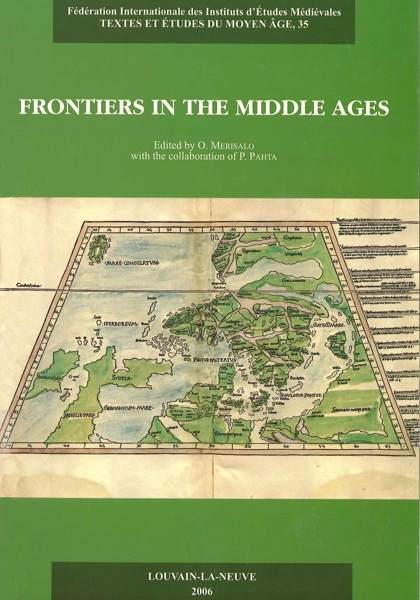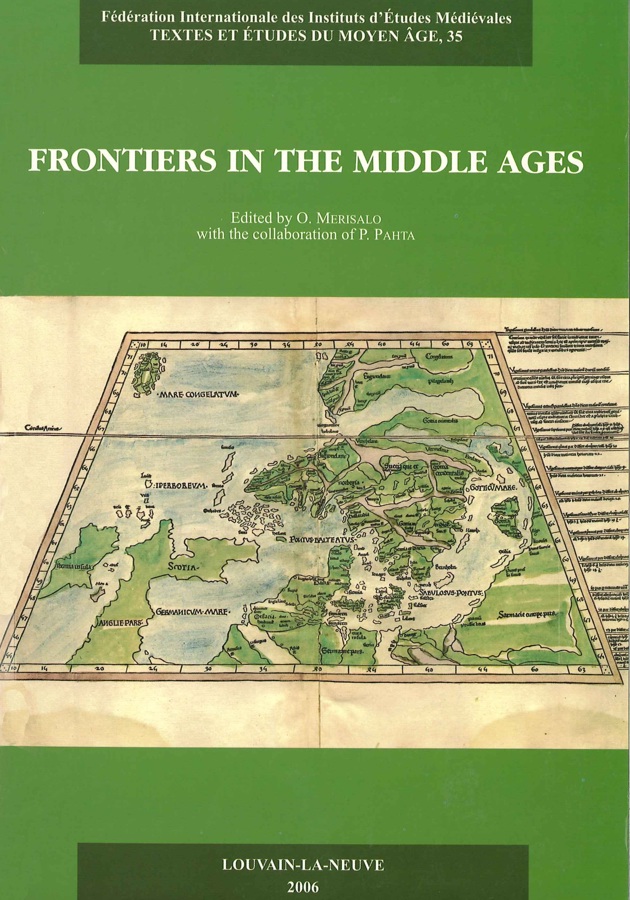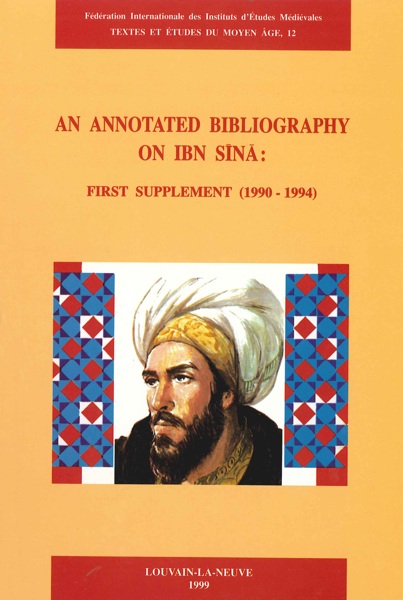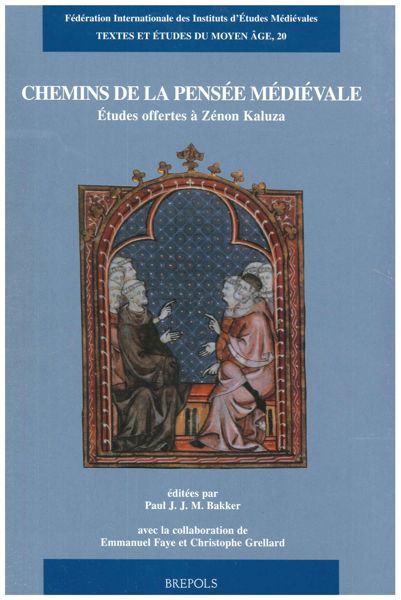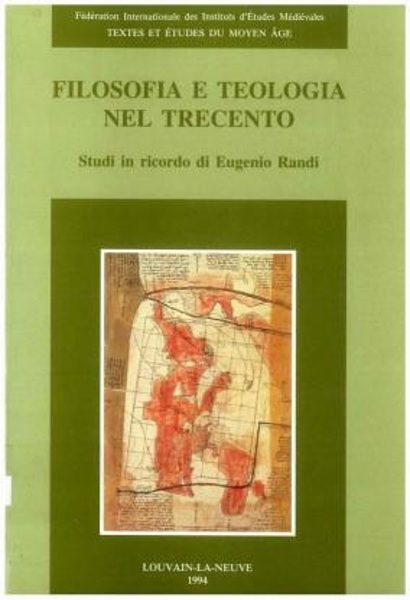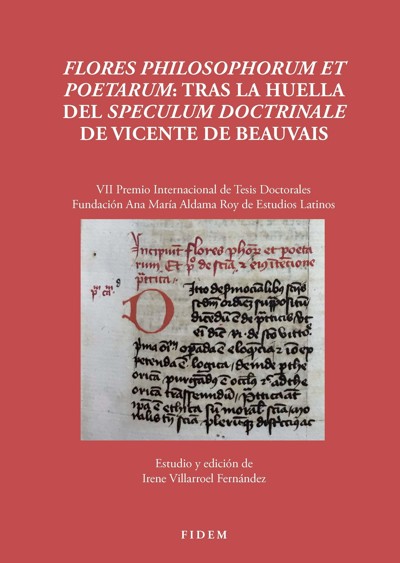
Frontiers in the Middle Ages
Proceedings of the Third European Congress of the Medieval Studies (Jyväskylä, 10-14 June 2003)
O. Merisalo (ed)
- Pages: approx. 761 p.
- Size:165 x 240 mm
- Illustrations:20 b/w
- Language(s):English, French, German
- Publication Year:2006
- € 65,00 EXCL. VAT RETAIL PRICE
- ISBN: 978-2-503-52420-7
- Paperback
- Available
- € 65,00 EXCL. VAT RETAIL PRICE
- ISBN: 978-2-503-56250-6
- E-book
- Available
More than obstacles, medieval frontiers - whether geographical, political, military, intellectual or artistic - seem to have been bridges and points of contact. This volume brings together forty-four contributions by specialists of history, history of ideas, medieval philosophy, philology, linguistics, literature as well as manuscript and archival studies.
The first uses of the term frontiere in thirteenth-fourteenth-century French were military, referring to the first line of troops in a battle. In architecture it meant the front of a building, and at the end of the fourteenth century it was first used as a geographical term, in Spain specifically about the divide between the Christians and the Muslims. More than obstacles, medieval frontiers - whether geographical, political, military, intellectual or artistic - seem to have been bridges and points of contact.
Frontiers was the theme of the Third European Congress of Medieval Studies organised by the FIDEM in Jyväskylä, Finland, in 2003. True to the nature of the FIDEM, it was highly interdisciplinary, bringing together scholars from all over the world, addressing problems ranging from Byzantine administration to Icelandic vernacular scribal culture, during a week of extraordinary intellectual excitement.
This volume brings together forty-four contributions by specialists of history, history of ideas, medieval philosophy, philology, linguistics, literature as well as manuscript and archival studies.
Foreword
I. Introduction
Giles Constable, 'Frontiers in the Middle Ages'
II. Intellectual Frontiers
William Courtenay, 'Intellectual frontiers in the High and Middle Ages';
André Hubert, S.J., 'Saint Anselme à la croisée de la théologie scolastique et de la théologie monastique';
José Filipe Pereira da Silva, 'Conceptual relations in Hugh of St. Victor's thought';
Philip Reynolds, 'Thomas Aquinas, Muslims, angels and happiness'
III. Representations of and encounters with Otherness
Sini Kangas, 'Militia Christi meets the Prince of Babylon. The Crusader conception of encountering the enemy';
Marko Lamberg, 'Finns as aliens and compatriots in the late Medieval kingdom of Sweden';
Satu Lidman, 'Diskriminierung durch Strafe und Gesetz im Fürstentum Bayern am Beispiel des Landgebots 1516';
Marek Tamm, 'Les signes d'altérité. La répresentation de la Baltique orientale dans le De proprietatibus rerum de Barthélemy l'Anglais (vers 1245)';
IV. Concrete frontiers
Sofia Lahti, 'Documents from Gustav Vasa's administration as sources for art and cult history. Confiscation lists';
Anu Lahtinen, 'Frontier and borderland. The use of natural resources in Medieval Finland from an environmental history point of view';
Giampaolo Francesconi - Francesco Salvestrini, 'La scrittura del confine nell'Italia comunale. Modelli e funzioni';
Christopher Gardner, 'Practice and rhetoric. Some perspectives on the legal frontier between "France" and Toulouse';
Anthony Perron, 'Ius metropoliticum on the Norwegian periphery from Nicholas Breakspear to William of Sabina';
Zaroui Pogossian, 'The Armenian reaction to the concept of the primacy of the Roman church in the twelfth and thirteenth centuries'
V. Byzantium
Guglielmo Cavallo, 'Ai confini dell'impero. Appunti sulle culture di frontiera a Bisanzio';
Gilbert Dagron, 'Byzance et la frontière. Idéologie et réalité';
Jacques Schamp, 'L'ordalie du chas de l'aiguille. Sur les limites eschatologiques à Byzance';
Dimitrios Krallis, 'The army that crossed two frontiers and established a third. The uses of the frontier in an eleventh-century author (and some implications on modern scholarship)';
Vasco La Salvia, 'Aspetti dell'economia dell'Italia alto medievale. Artigianato e commercio fra Longobardi e Bizantini';
Jukka Korpela, Beyond the borders in the European North-East';
VI. Manuscript and archival studies
Pascale Bourgain, 'Les frontières. Codicologie des manuscrits occidentaux';
Malachi Beit-Arié, 'External and internal frontiers in Hebrew manuscript production';
Marco D'Agostino, 'Un manoscritto sulla frontiera. Il lezionario 160 (IV-34) della Biblioteca Universitaria di Iasi';
Maria Alessandra Bilotta, 'Produzione libraria di frontiera nella Francia Meridionale. Il De mysterio cymbalorum ecclesiae di Arnaldo di Villanova (40. E. 3), conservato nella Biblioteca dell'Accademia dei Lincei e Corsiniana di Roma';
Maria do Rasário Maroujão - Anísio de Sousa Saraiva, 'Frontières documentaires. Les chartes des chancelleries épiscopales portugaises avant et après le XIIIe siècle (Coïmbra et Lamego)';
Wolfgang Undorf, 'Cultural contacts in economic terms. Research on book trade with Scandinavia in the fifteenth and early sixteenth centuries';
Jonna Louis-Jensen, 'Frontiers. Icelandic manuscripts';
Stefán Karlsson, 'from the margins of Medieval Europe. Icelandic vernacular scribal culture'
VII. Language contacts
Charles F. Briggs, 'Translation as pedagogy. Academic discourse and changing attitudes toward Latin in the thirteenth and fourteenth centuries';
Rita Copeland, 'Language frontiers, literary from, and the encyclopedia';
Pieter De Leemans, 'Aristotle's De progressu animalium in the Middle Ages. Translation and interpretation';
Joëlle Ducos, 'Culture scientifique et néologisme. Quelques pratiques de traduction en langue française';
Roger Ellis, 'Translation and frontiers in late Medieval England. Caxton, Kempe and Mandeville';
Tiina Kala, 'Languages in a Medieval North European city. An example from medieval Tallinn';
Marie-Hélène Tesnière, 'L'image de Rome dans la traduction des Décades de Tite-Live par Pierre Bersuire. Un miroir universel';
VIII. Frontiers in literature
Gloria Allaire, 'Narrating / narrative frontier crossings in the Romance epic Guerrino meschino';
Beverly Boyd, 'Chaucer's imaginary frontiers. The Man of Law's Tale';
Cora Dietl, 'Die Grenzstadt Troja';
Wojciech Iwanczak, 'Borders and borderlines in Medieval cartography'
IX. Religious frontiers
Angeles García de la Borbolla, 'Hagiografía de frontera. Los santos como defensores de un espacioa partir de los relatos hagiográficos peninsulares (siglos XII-XIII)';
Mireille Hadas-Lebel, 'Entre judaïsme et christianisme. La frontière des textes';
Klaus Herbers, 'Religions et frontières';
Katja Ritari, 'Image of conversion in early Irish saints' lives'
X. Conclusions
Louis Holtz, Conclusions
Indices - Index nominum - Index rerum - Index codicum documentorumque
